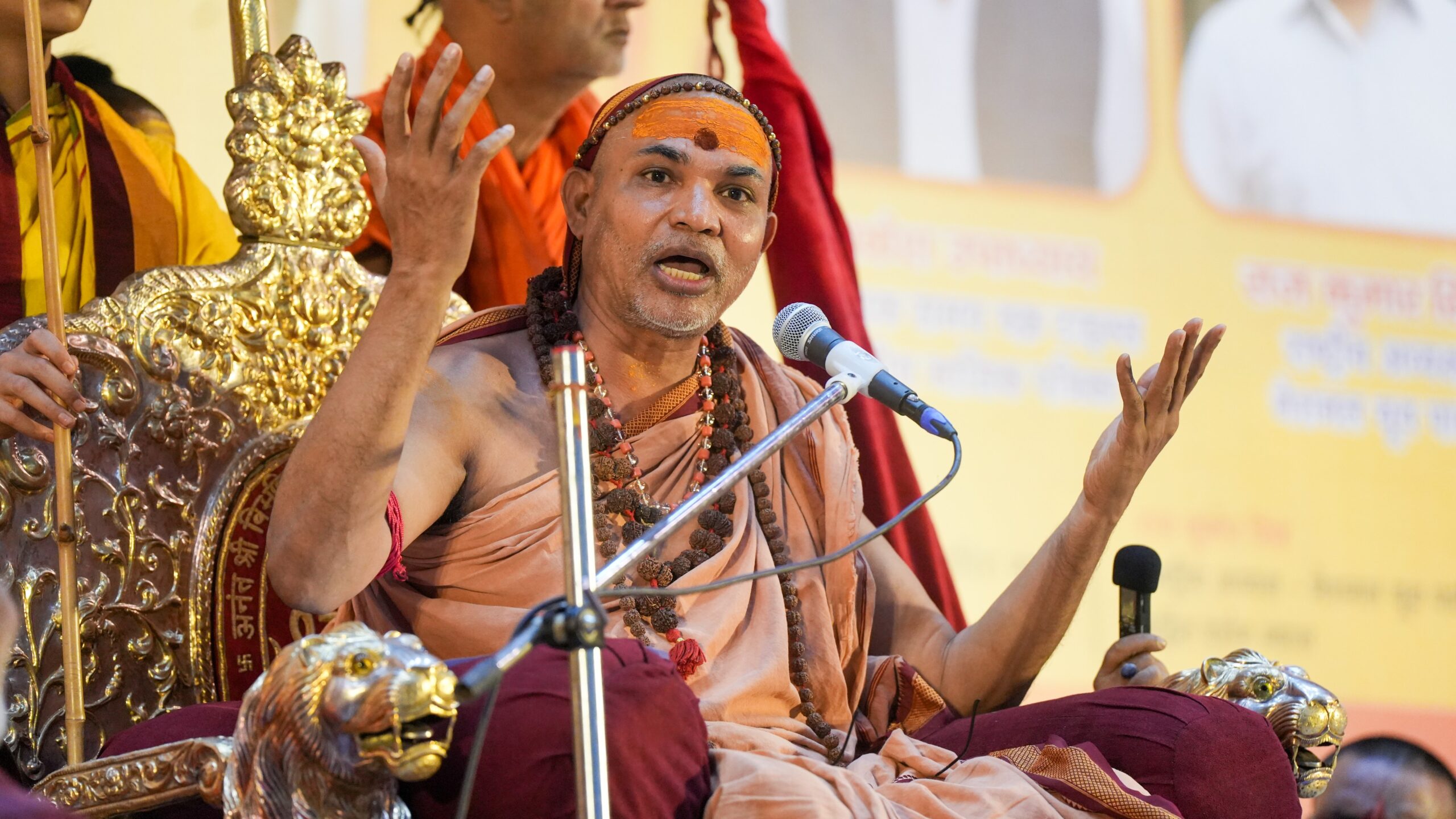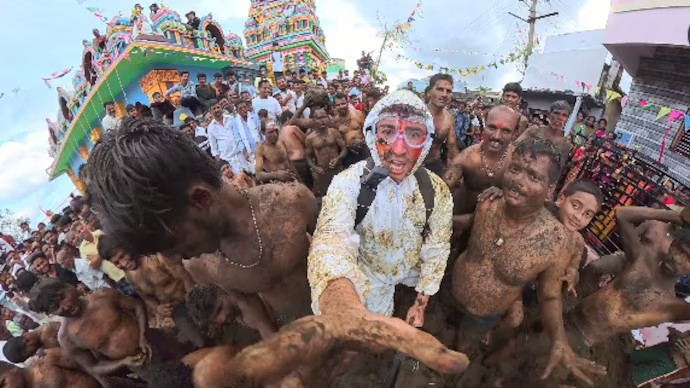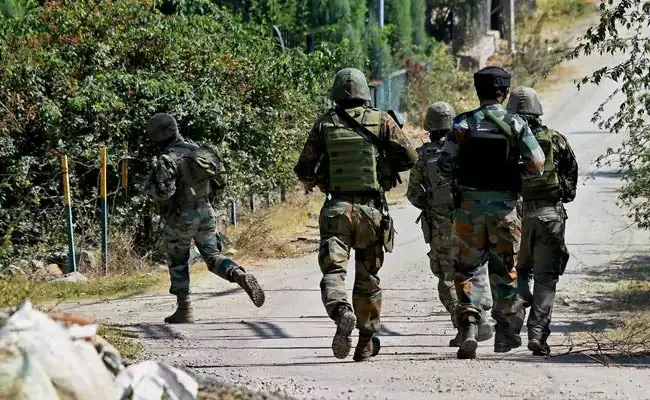Now Reading: Shankaracharya Questions Parliament’s Cow Ban, Calls for National Slaughter Prohibition
-
01
Shankaracharya Questions Parliament’s Cow Ban, Calls for National Slaughter Prohibition
Shankaracharya Questions Parliament’s Cow Ban, Calls for National Slaughter Prohibition

A statement by Shankaracharya Swami Avimukteshwaranand has stirred national conversation after he questioned why a living cow is not allowed inside the new Parliament building when a statue could be brought in during its inauguration. His remarks have reignited debates over religious sentiments, animal rights, and the need for a nationwide ban on cow slaughter, touching a cultural nerve across many Indian states.
Cow Inside Parliament: Symbolism or Sentiment?
During his visit to Prayagraj, the Shankaracharya posed a pointed question: if a statue of a religious figure can be welcomed into the new Parliament, why is a living cow, considered sacred by many Hindus, kept outside?
His comments are seen by followers as a symbolic protest highlighting what they see as selective respect for religious icons while overlooking living embodiments of faith. The cow, often referred to as “Gau Mata” in Hindu traditions, has long been a politically and emotionally charged symbol in Indian society.
Call for a Nationwide Slaughter Ban
Swami Avimukteshwaranand also called for a complete ban on cow slaughter across India. While several states already have varying degrees of restrictions, there’s no uniform law nationwide. This inconsistency has often led to legal loopholes, political clashes, and communal friction.
He urged lawmakers to bring legislation that would not only protect cows but also uphold the sentiments of communities that regard the animal as holy.
Reactions and Divided Views
His comments have received support from certain religious and rural groups, particularly in Tier 2 and Tier 3 cities, where the cow still plays a central role in both agriculture and spirituality. Supporters argue that a ban would preserve cultural values and reduce illegal trade.
However, critics point out the complexity of enforcing such laws across diverse regions with different food habits, economic dependencies, and religious beliefs. They argue that policies should balance faith with constitutional rights and regional autonomy.
Cultural Context and Parliament Controversy
The new Parliament building has been a subject of various symbolic gestures and ceremonies since its inauguration. While statues and rituals have been welcomed, the absence of living animals like cows during these events has drawn criticism from some traditionalists who see it as a break from India’s spiritual roots.
Shankaracharya’s statement indirectly challenges this modern shift in practice, suggesting a disconnect between India’s ancient values and contemporary politics.
Conclusion
The Shankaracharya’s remarks are more than just religious commentary—they reopen long-standing debates around the role of animals in public and political life, the overlap of tradition and governance, and the limits of religious symbolism in modern India. Whether or not this leads to any policy change, the issue has once again brought the cow to the centre of a larger national conversation.

























